Have you ever looked into your cat’s eyes and wondered if they’re keeping secrets from you? Cats have a way of communicating that’s nothing short of magical, but also mystifying. One moment, they’re purring in your lap; the next, they’re knocking things off the table with a look that says, “Figure it out, human.” If you’ve ever felt like your feline friend was trying to send you a message, you’re not alone. These mysterious creatures are constantly talking to us—just not in words. Let’s dive into the subtle signs and not-so-subtle antics that reveal what your cat desperately wishes you’d understand. Prepare to be surprised, maybe even a little amused, as you discover the hidden language of your beloved kitty.
Sudden Excessive Meowing: More Than Just Chit-Chat

When your usually quiet cat suddenly starts meowing non-stop, they might be trying to grab your attention for a reason. Cats are creatures of habit, and a change in their vocal patterns can signal discomfort, hunger, or even illness. Sometimes, they could be telling you that their food bowl is empty or their water isn’t fresh enough. Other times, the meows are a cry for companionship, especially if you’ve been away longer than usual. It’s also possible that your cat is in pain—conditions like hyperthyroidism or dental problems can make them more vocal. Don’t brush off these vocal outbursts. Think of it as your cat’s version of sending a text message in all caps: something’s up!
Persistent Pawing at Doors: “Let Me In!” Or Out?

Ever notice your cat pawing insistently at doors, windows, or even cabinets? They’re not just being nosy—this behavior is a clear sign they want access to something important. Maybe they’re bored and crave a change of scenery, or perhaps they’ve detected another animal outside and want to investigate. Cats are naturally curious, and a closed door is an irresistible mystery. Sometimes, they’re trying to escape a stressful environment or just want a quiet spot away from noise. This persistent pawing can also mean they have a favorite hiding spot behind that door. Your cat’s not just testing boundaries; they’re asking for your help to satisfy their curiosity or to feel safe again.
Unusual Hiding: When Silence Speaks Volumes
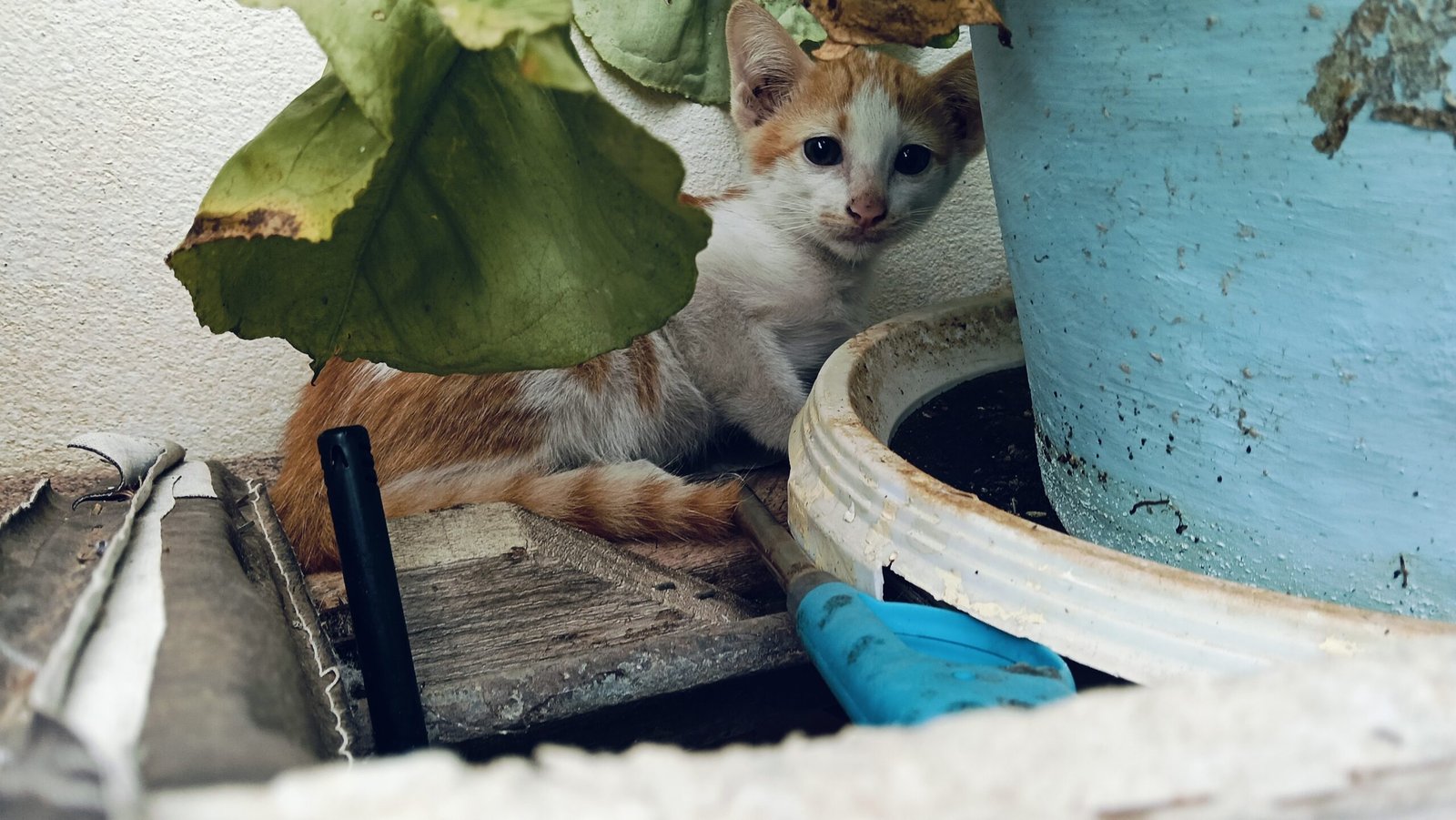
If your outgoing cat suddenly vanishes for hours, hiding in closets or under beds, pay attention. Hiding is a classic sign that something’s wrong—often physically or emotionally. Cats instinctively hide when they’re in pain or feeling threatened; it’s their way of protecting themselves from perceived danger. Stressful changes like new pets, visitors, or loud noises can trigger this retreat. In some cases, a medical issue like a urinary tract infection or injury prompts them to seek solitude. Don’t ignore this behavior. It’s your cat’s silent SOS, urging you to check on their health or the environment.
Sudden Changes in Eating Habits: Appetite Speaks
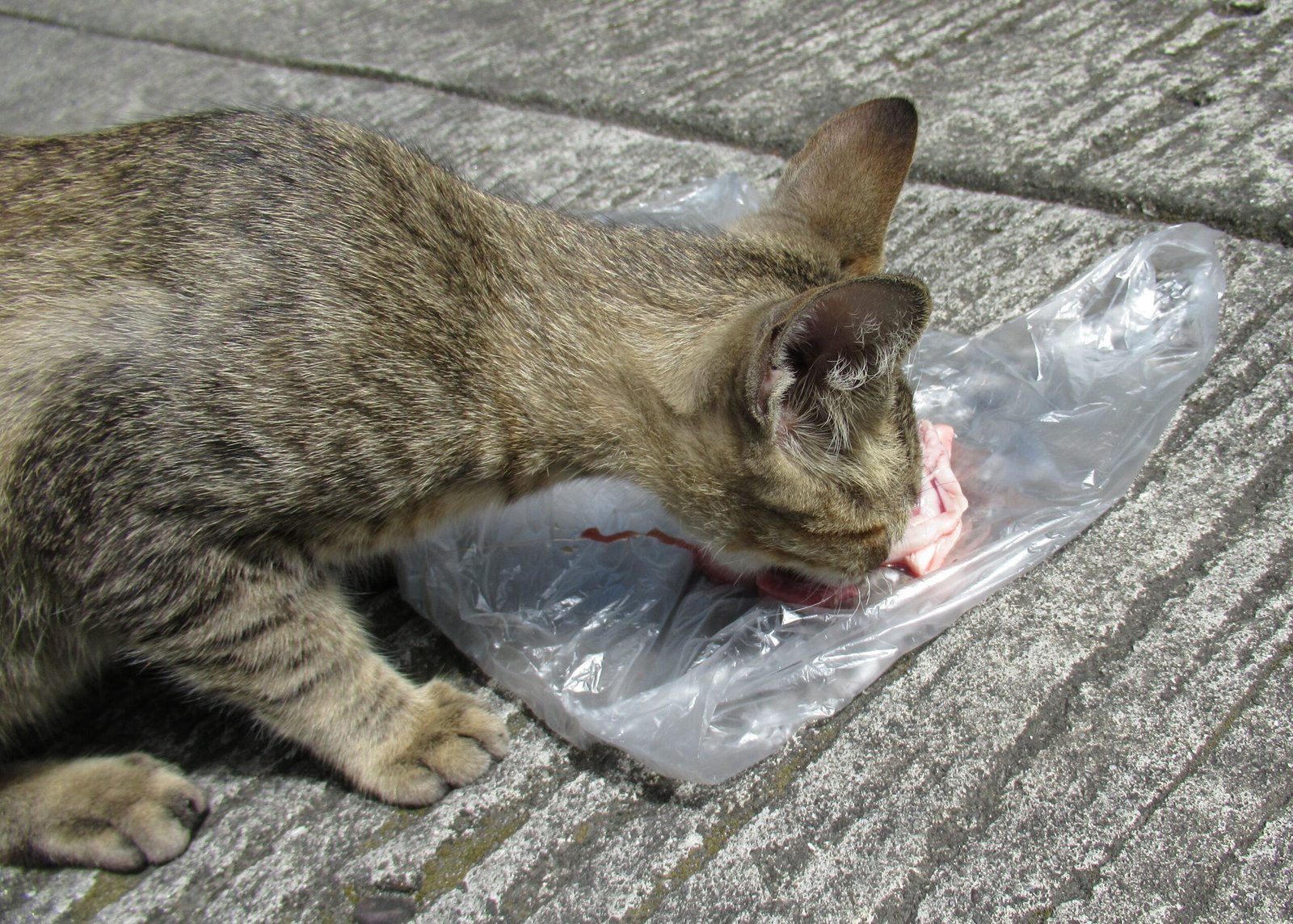
Is your cat suddenly ignoring their favorite food or begging for more than usual? Either extreme can signal something serious. Loss of appetite might point to dental pain, gastrointestinal issues, or even kidney disease. On the other hand, a voracious appetite could hint at conditions like hyperthyroidism or diabetes. Sometimes, a change in the food’s smell or texture is enough to put them off. It’s also possible your cat is bored with their current diet and trying to tell you it’s time for a change. Don’t dismiss these shifts as picky eating—your cat’s trying to tell you their body isn’t feeling right.
Excessive Grooming: More Than Just Cleanliness
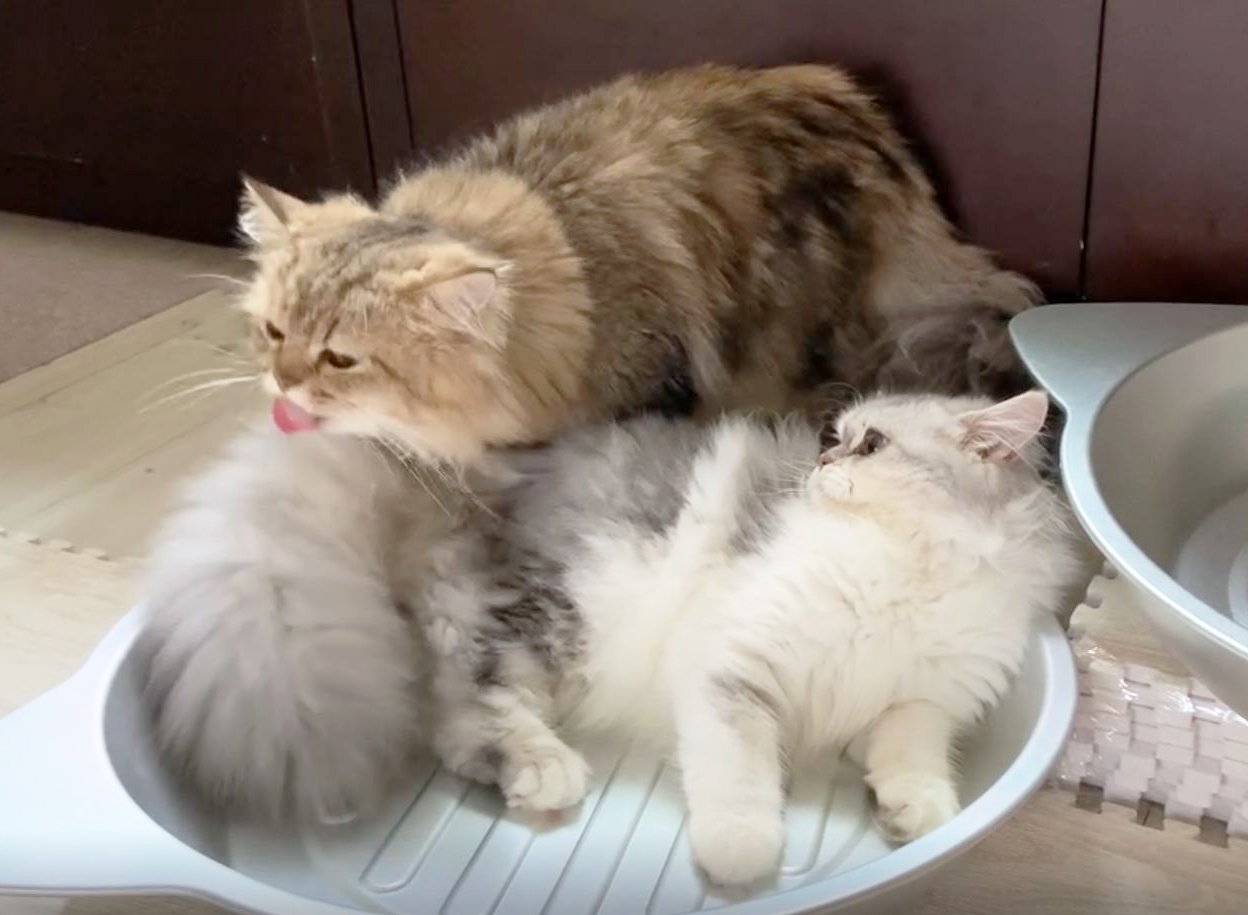
Cats are known for their fastidious grooming, but when licking becomes obsessive, there’s something deeper going on. Over-grooming can be a response to allergies, fleas, or skin irritations. Sometimes, it’s a way for cats to cope with anxiety or stress, much like humans bite their nails. You might notice bald patches or red, irritated skin—both signs that your cat is struggling. Changes in the environment, like moving house or introducing a new pet, can trigger this behavior. Your cat isn’t just being vain—they’re signaling discomfort, either physical or emotional, and asking for your help.
Unusual Aggression: When Sweet Turns Sour

If your normally affectionate cat starts hissing, swatting, or biting, pay close attention. Sudden aggression often signals pain, fear, or territorial stress. Medical issues like arthritis or dental disease can make even gentle touches painful, prompting a defensive reaction. Sometimes, changes in the household—new people, pets, or routines—can leave your cat feeling threatened. “Out of nowhere” aggression is rarely random; it’s your cat’s way of saying, “I’m not okay.” Think of it as the feline version of a red flag—don’t ignore it.
Litter Box Trouble: Messages in the Mess
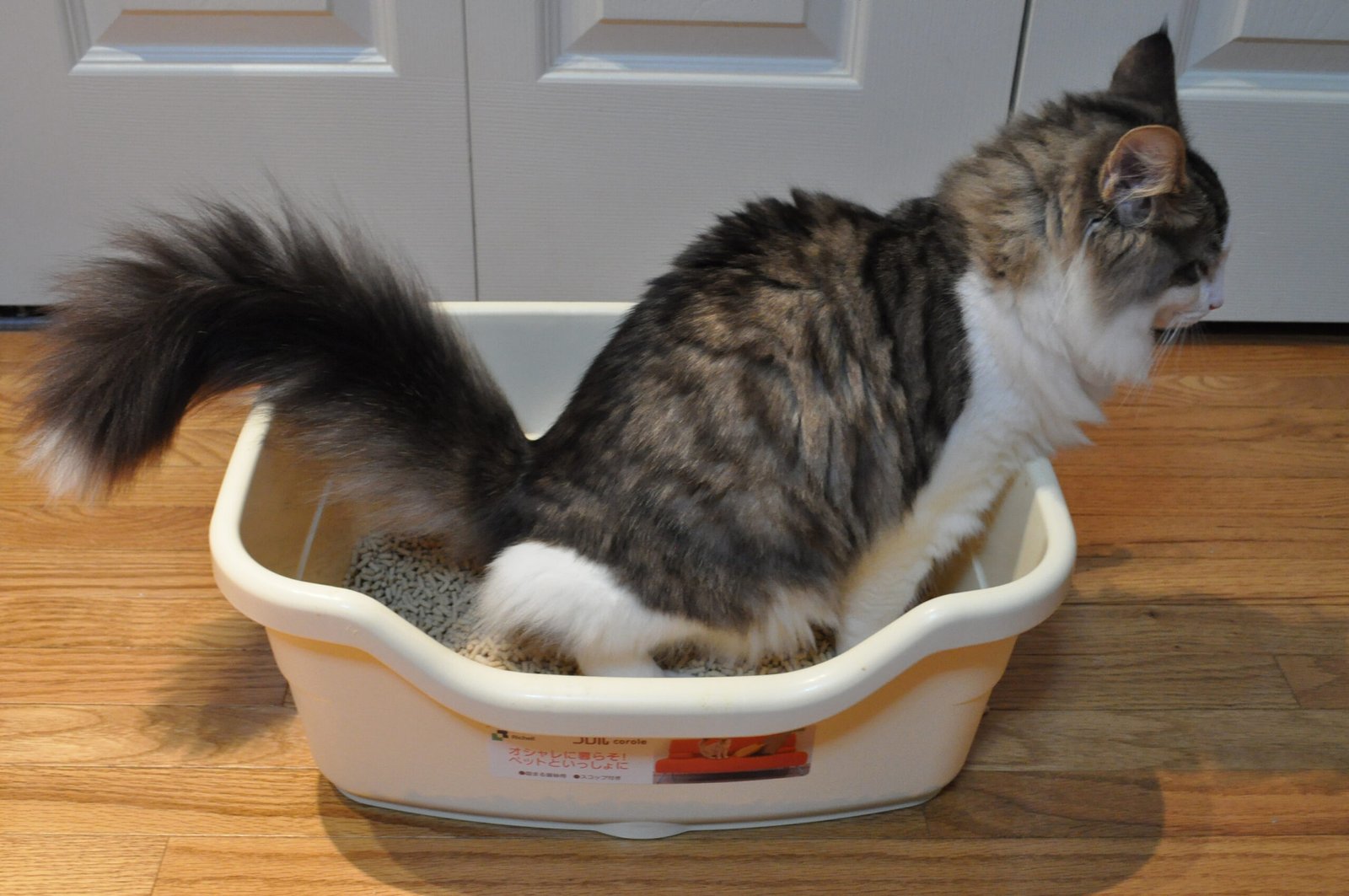
A cat that suddenly stops using the litter box is waving a neon sign that something’s wrong. Medical issues like urinary tract infections, kidney disease, or diabetes can make using the box painful or urgent. Stress and anxiety, perhaps from a move or new pet, can also prompt them to go elsewhere. Sometimes, the litter or box isn’t to their liking—cats can be particular about cleanliness or scent. Changes in routine, location of the box, or even household visitors can trigger these accidents. Consider every miss as a message: your cat needs you to investigate and help.
Kneading or “Making Biscuits”: Nostalgia or Need?
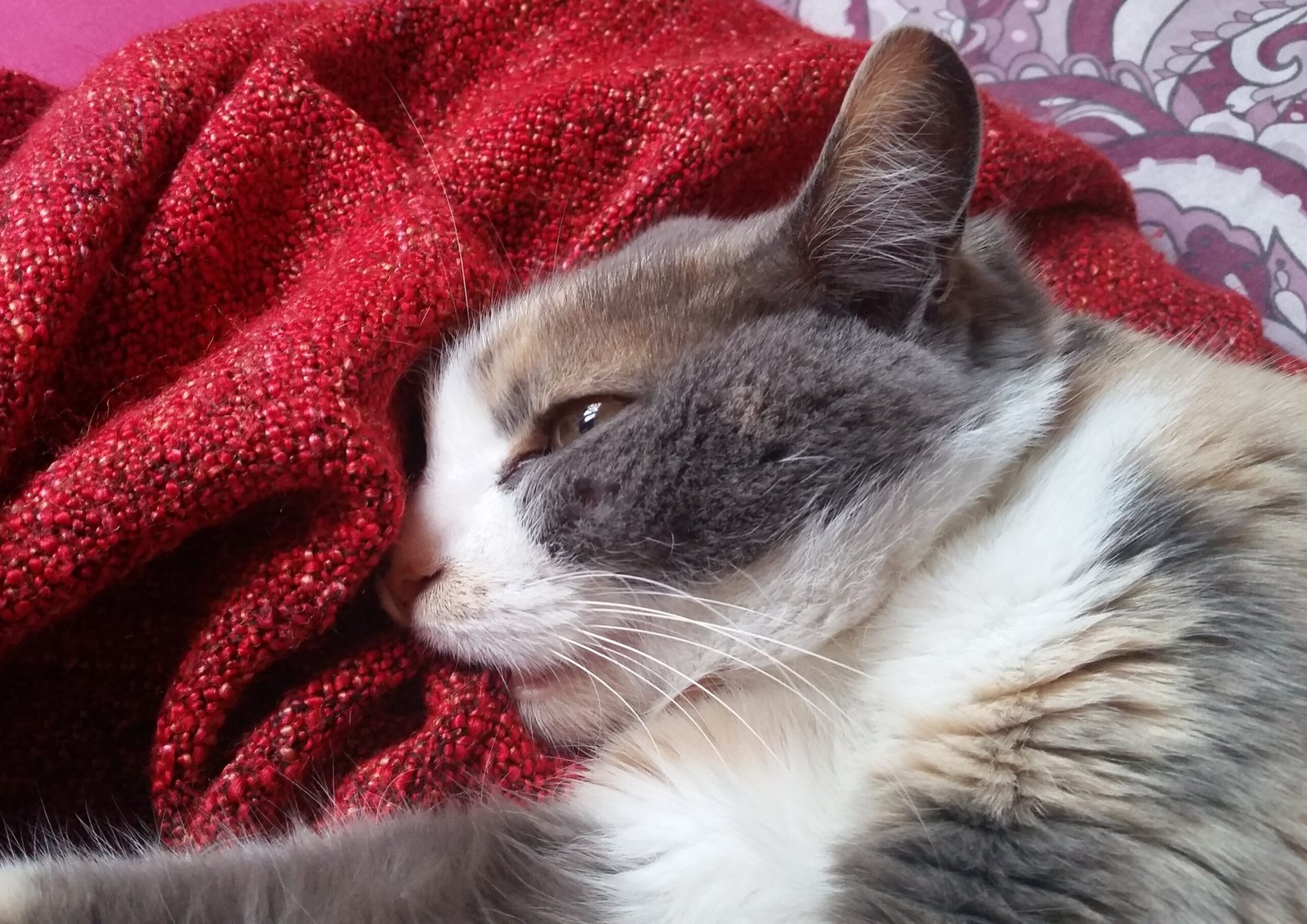
When your cat rhythmically pushes their paws in and out against you or a soft surface, they’re not just being cute. This “kneading” behavior often traces back to kittenhood, when they did this on their mother’s belly to stimulate milk flow. In adult cats, kneading can signal contentment, affection, or a need for comfort. Sometimes, it’s a way for your cat to mark their territory with scent glands in their paws. If your cat does this frequently, especially when stressed, they might be seeking reassurance or trying to self-soothe. It’s a sweet reminder of your special bond, but also a gentle nudge to provide extra comfort when needed.
Staring or Blinking Slowly: A Secret Language of Love

Have you ever caught your cat staring at you with half-closed eyes, then blinking slowly? This isn’t just a random look—cats use slow blinking as a way to communicate trust and affection. It’s their version of saying, “I feel safe with you.” If you return the gesture, you’re speaking their language right back, strengthening your bond. Sometimes, a fixed stare can also mean your cat wants something—maybe food, play, or just your attention. Don’t ignore these subtle cues. The next time your cat blinks at you, blink back and watch the magic happen.
Following You Everywhere: Not Just Curiosity
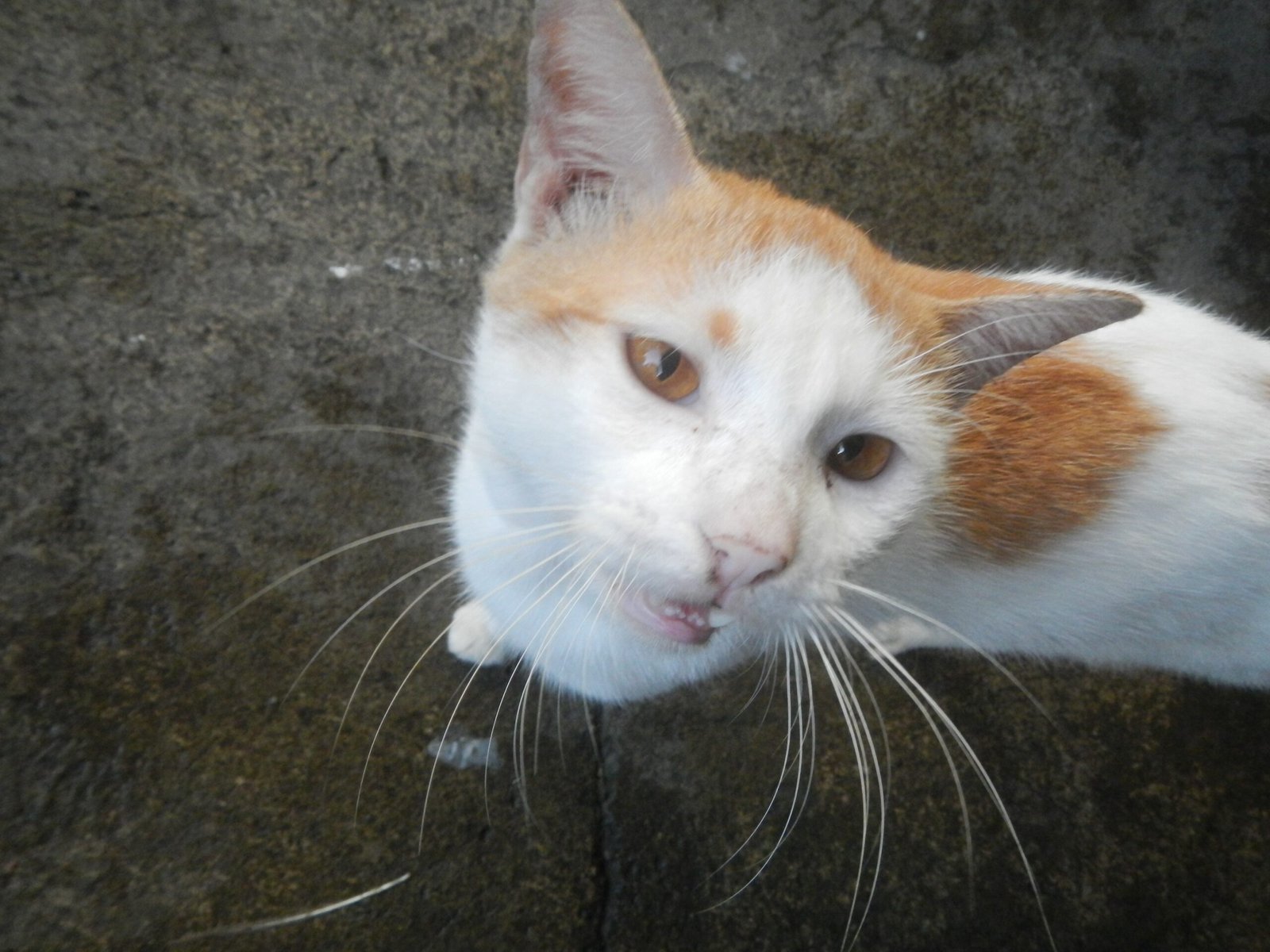
Does your cat trail you from room to room, even into the bathroom? While some might joke about having a “shadow,” this behavior often means your cat craves companionship or is worried about being left alone. Cats form strong attachments to their humans, and following you is their way of staying close and feeling secure. It might also be a sign they want to play, are hungry, or are simply bored. Sometimes, older cats become more clingy as they age, seeking comfort in your presence. Far from being aloof, your cat is letting you know just how important you are in their world.
Bringing You “Gifts”: The Hunter’s Offering

Few things are as shocking—or hilarious—as finding a dead mouse or insect at your feet. While it might seem gross, this is your cat’s way of showing love and appreciation. In the wild, mother cats bring prey to their kittens to teach them how to hunt. When your cat brings you a “gift,” they’re treating you like family, sharing their success, or even trying to teach you to hunt. It’s a gesture of affection and trust, even if it makes you jump. Instead of scolding, thank your cat for thinking of you—then gently dispose of the present when they’re not looking.
Chirping and Chattering at the Window
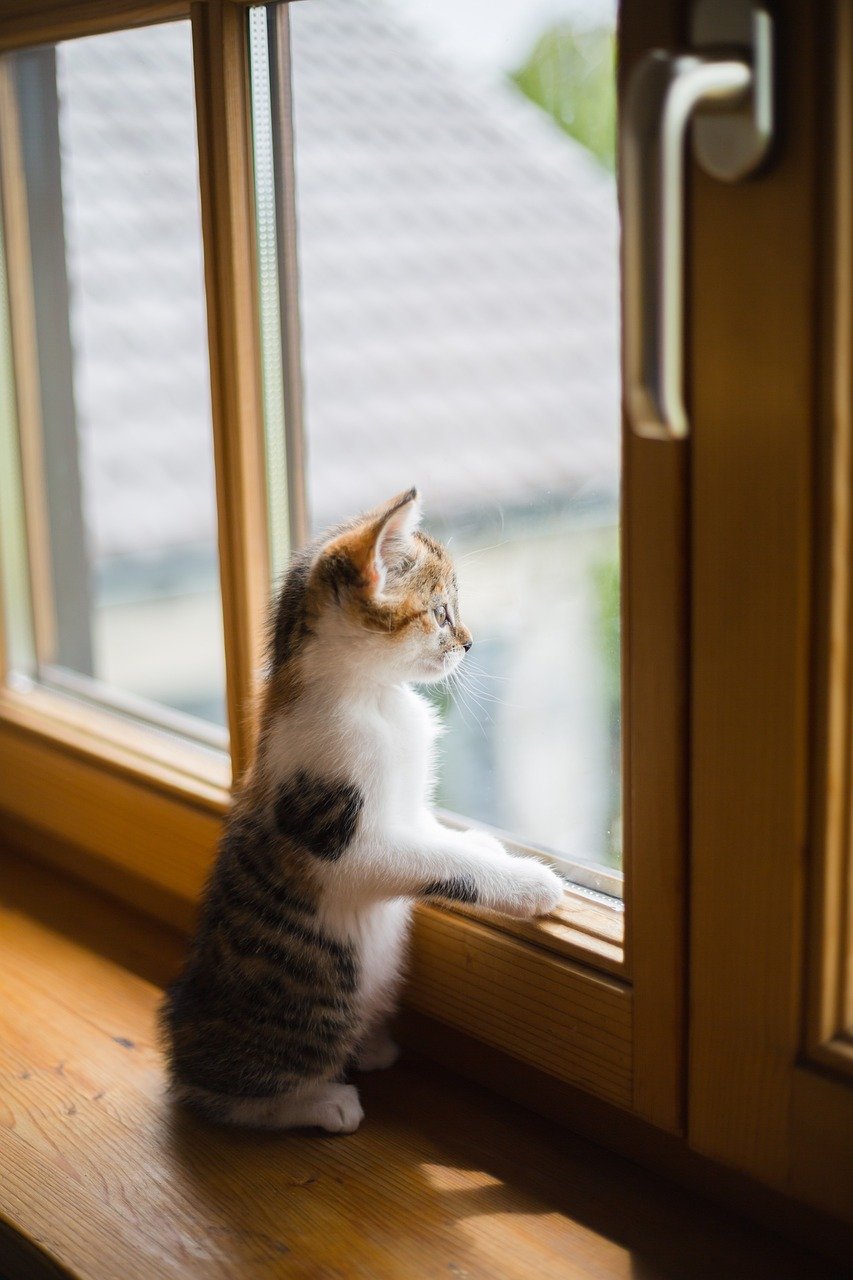
If you’ve ever heard your cat make a series of rapid, chirpy noises while staring out the window, you’ve witnessed a fascinating form of feline communication. This chattering often happens when cats spot birds or squirrels they can’t reach. Experts believe the sound is a mix of excitement, frustration, and instinct—a kind of “practice” hunting call. Some say it’s also a way to communicate with other cats or mimic the calls of prey. Your cat isn’t just making funny noises; they’re expressing their inner hunter and their longing to chase what they see.
Head-Butting: The Ultimate Sign of Trust
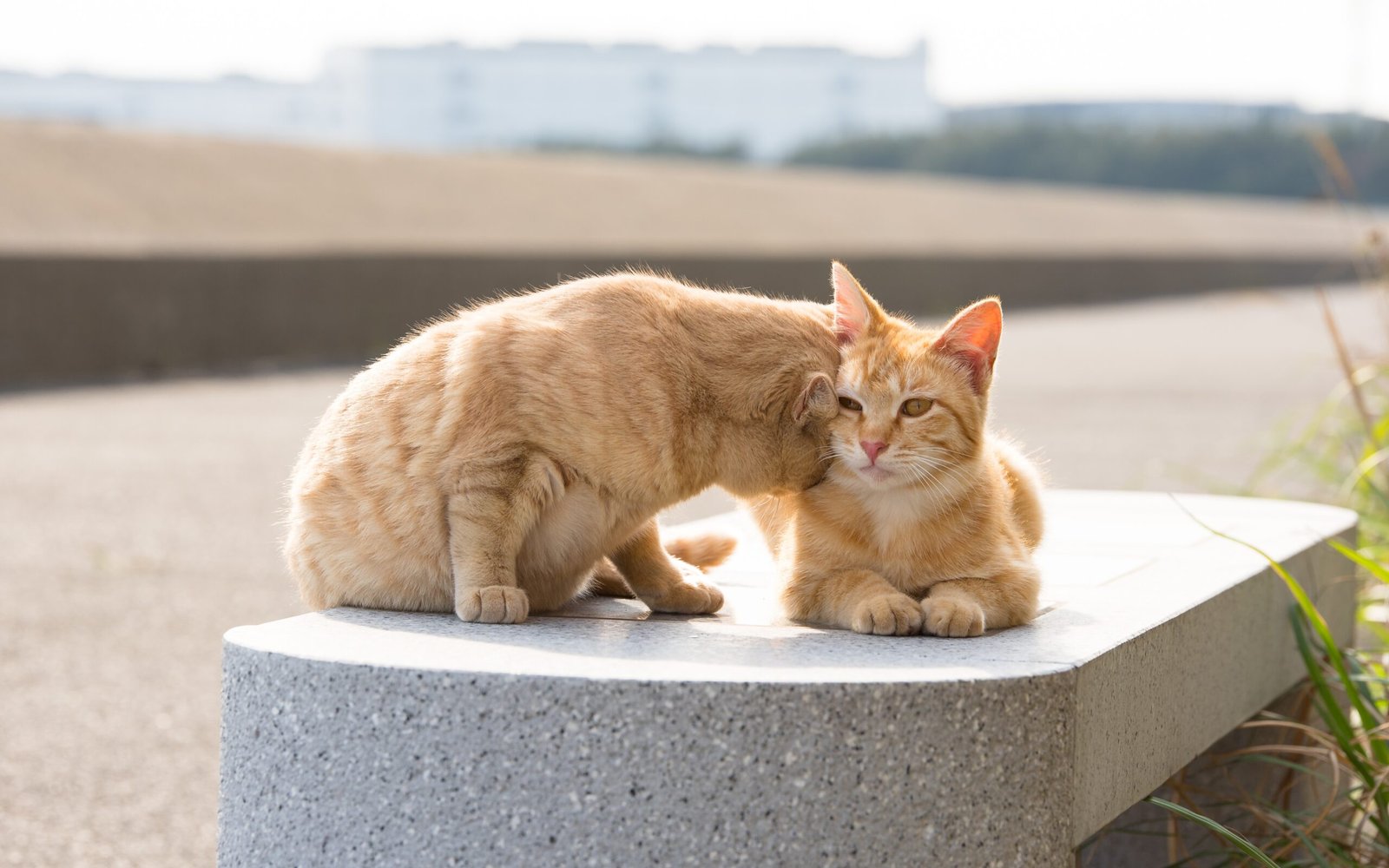
When your cat gently butts their head against you, it’s not random affection—it’s a powerful gesture of trust. Cats have scent glands in their heads, and by bumping you, they’re marking you as part of their safe circle. This behavior is called “bunting,” and it’s reserved for those they truly care about. It’s also a way to ask for attention or affection in return. If your cat greets you with a head-butt, consider it the highest compliment—a sign that you’re truly family in their eyes.
Tail Position: The Mood Barometer
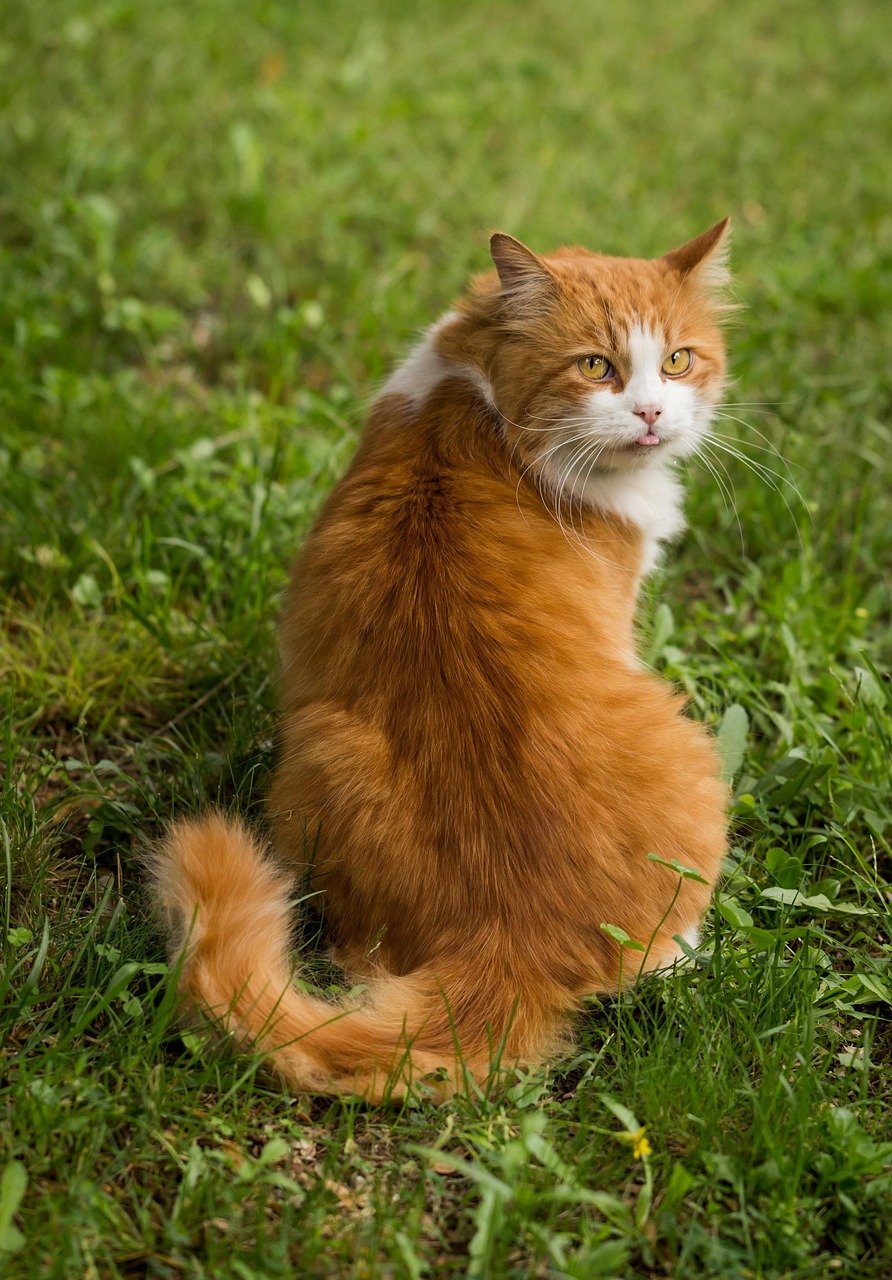
A cat’s tail is like a mood ring, revealing their feelings in a glance. A high, upright tail usually means your cat is happy and confident, while a puffed-up tail signals fear or aggression. If the tail is low or tucked, your cat might be anxious or unwell. A gentle swish can mean curiosity, but rapid whipping often signals annoyance. Paying attention to these subtle tail cues can help you decipher your cat’s mood and respond appropriately. Your cat’s tail is talking—are you listening?
Sudden Zoomies: Bursts of Wild Energy

Ever seen your cat tear around the house at lightning speed, seemingly out of nowhere? These “zoomies” are more than just silly antics—they’re your cat’s way of releasing pent-up energy or stress. Cats in the wild would chase prey and climb trees daily, but indoor life can be a bit dull in comparison. The zoomies are a natural outlet for their hunting instincts and a sign that they need more playtime or stimulation. Sometimes, it’s also a way to shake off anxiety or simply to celebrate a good mood. Join in with a toy and watch your cat come alive.
Refusing to Be Touched: A Subtle Cry for Help

If your once-cuddly cat suddenly avoids petting or recoils from your touch, don’t take it personally. This change often signals discomfort or pain, such as arthritis, injury, or skin problems. Cats are experts at hiding illness, so withdrawal can be their only way to communicate that something’s wrong. Emotional stress, like a change in the household, can also make them less affectionate. Listen to your cat’s boundaries and consider a vet visit if the behavior persists. Your cat’s not angry—they’re asking for understanding and care.
Sleeping in Odd Places: Seeking Safety or Warmth
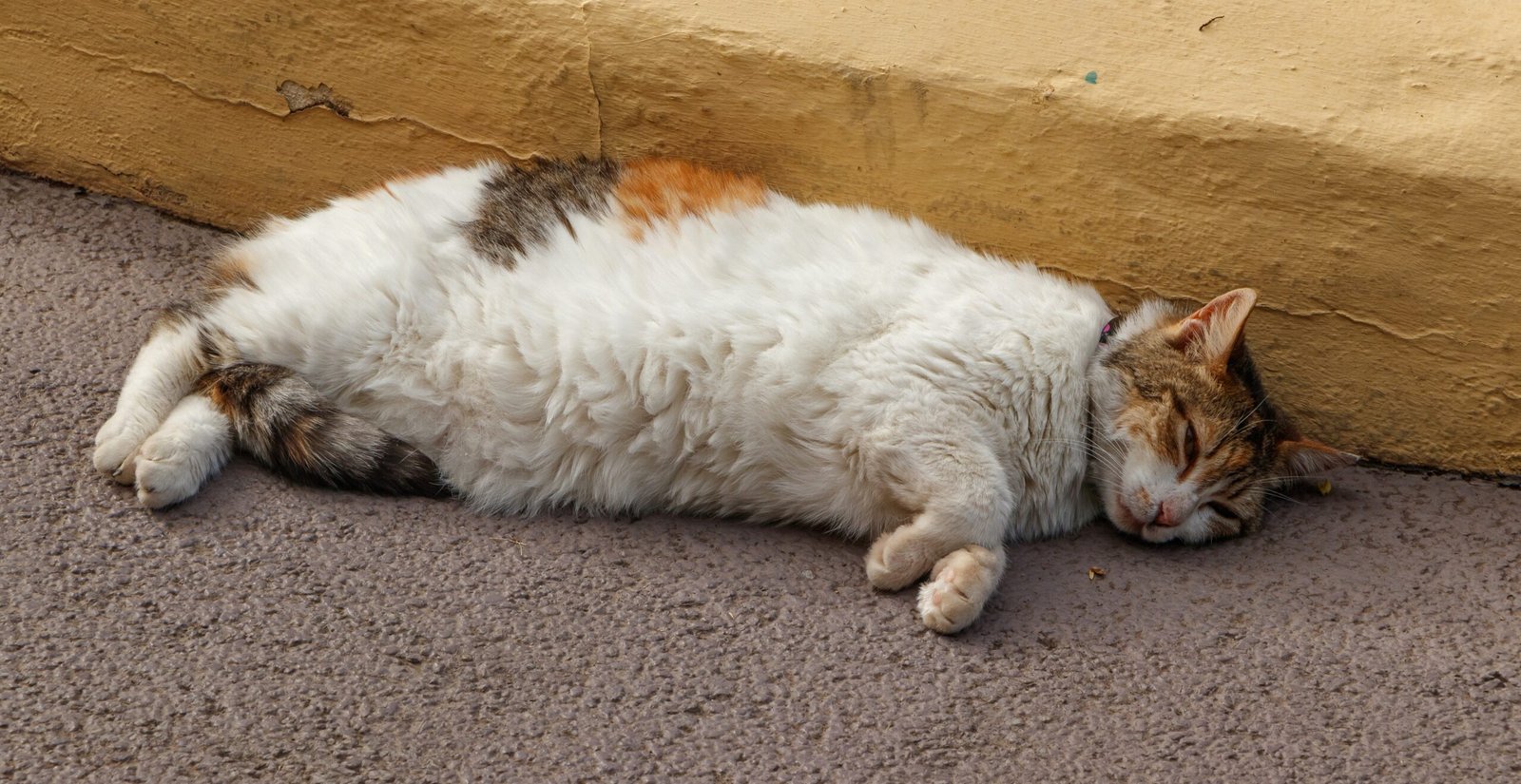
Cats love to sleep in the strangest spots—laundry baskets, boxes, or even sinks. While it can be hilarious, this choice often has a reason. Cats seek out warm, enclosed spaces for comfort and security. If your cat starts sleeping in a new, hidden location, it could mean they’re feeling stressed or unwell. Sometimes, they’re just looking for peace and quiet away from household chaos. Other times, a drafty or noisy environment might push them to seek a safer spot. These new sleeping habits are another way your cat communicates their needs and moods.
Yowling at Night: The Midnight Serenade

Few things are as startling as your cat suddenly yowling in the middle of the night. This loud, plaintive cry can mean many things—from loneliness and boredom to medical issues or cognitive decline in older cats. Unneutered cats may yowl as part of mating behavior, while others might be reacting to sounds or sights outside. Sometimes, a simple change in routine can trigger nighttime vocalizations. Don’t dismiss the midnight serenade; your cat is trying to tell you something’s off in their world, and they need your attention.
Exposing Their Belly: Trust or Trap?

When your cat flops over and shows you their belly, it’s tempting to dive in for a cuddle—but be careful! Exposing their belly is a vulnerable gesture, signaling trust and relaxation. However, not all belly displays are invitations for rubs. Some cats react defensively if you touch their stomach, as it’s their most sensitive area. Watch for relaxed body language and slow movements. If your cat lets you gently stroke their belly, consider it a rare honor. Otherwise, respect their boundaries—they’re saying, “I trust you, but don’t push it!”
Eye Contact and Ear Movements: Reading Between the Lines
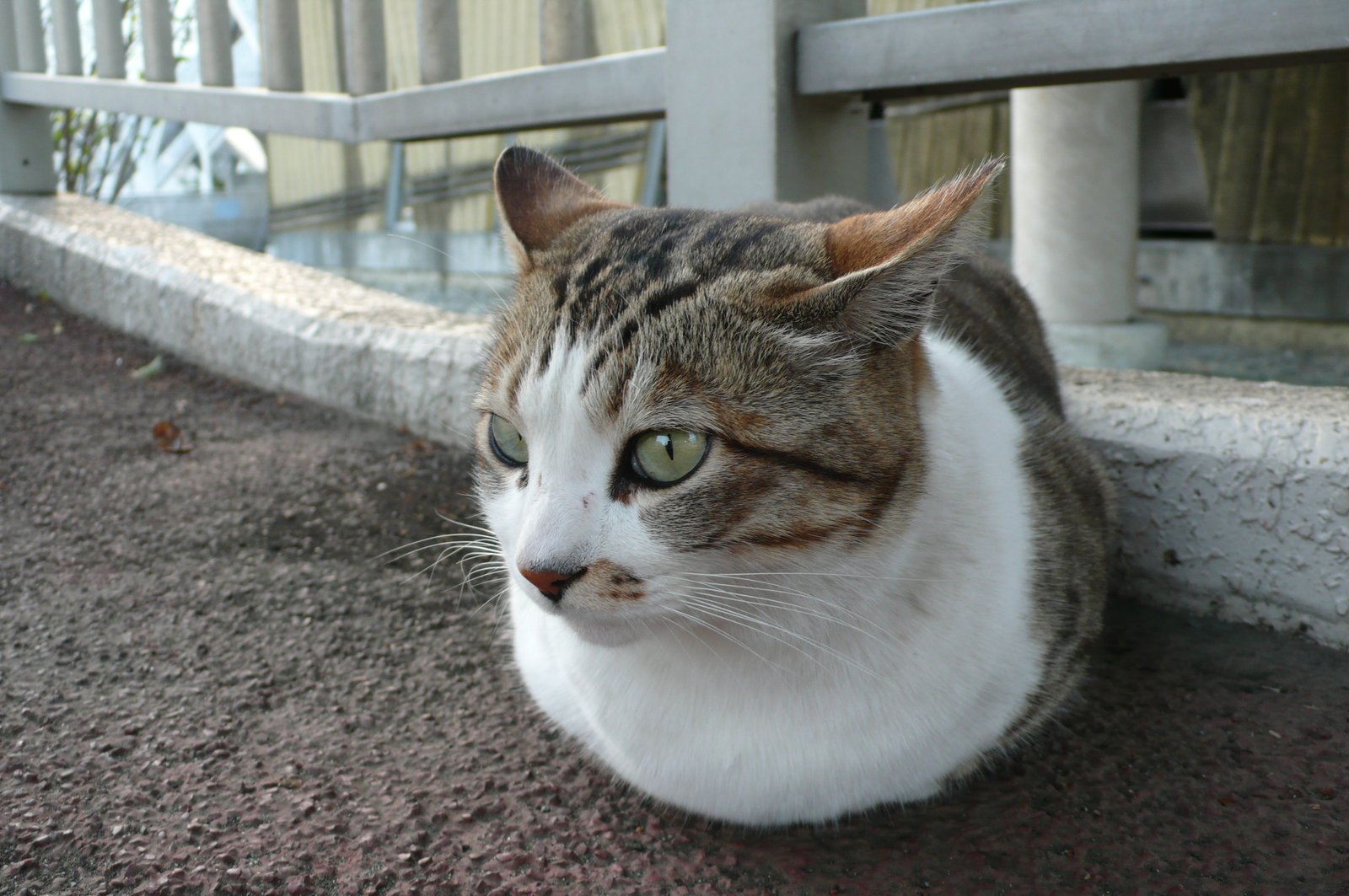
Your cat’s eyes and ears are always in motion, telling you more than you realize. Dilated pupils can mean excitement, fear, or pain, while slow blinks communicate trust. Ears pointed forward signal curiosity, while flattened ears mean fear or irritation. Rapid ear flicks might indicate annoyance or that your cat is trying to focus on something. By watching these subtle cues, you can better understand what your cat is really feeling and respond with empathy. It’s like learning a new language—one based on trust and attention.
Crying by the Water Bowl: Hydration Concerns

If your cat sits or cries by the water bowl but drinks little, they might be trying to tell you something’s wrong. Some cats are picky about water freshness or bowl cleanliness, while others might avoid certain locations. Increased thirst can be a warning sign for kidney disease, diabetes, or other health issues. Dehydration is dangerous for cats, so take any change in drinking habits seriously. Try offering fresh, filtered water or a cat fountain to encourage hydration. Your cat’s subtle plea by the bowl is never just about being fussy—it could be a call for help.
Conclusion

Cats may not speak our language, but they’re always communicating—through meows, body language, and quirky habits. Next time your feline friend does something odd, remember: they might be trying to tell you something important. Have you recognized any of these signs in your cat?
Hi, I’m Bola, a passionate writer and creative strategist with a knack for crafting compelling content that educates, inspires, and connects. Over the years, I’ve honed my skills across various writing fields, including content creation, copywriting, online course development, and video scriptwriting.
When I’m not at my desk, you’ll find me exploring new ideas, reading books, or brainstorming creative ways to solve challenges. I believe that words have the power to transform, and I’m here to help you leverage that power for success.
Thanks for stopping by, Keep coming to this website to checkout new articles form me. You’d always love it!






